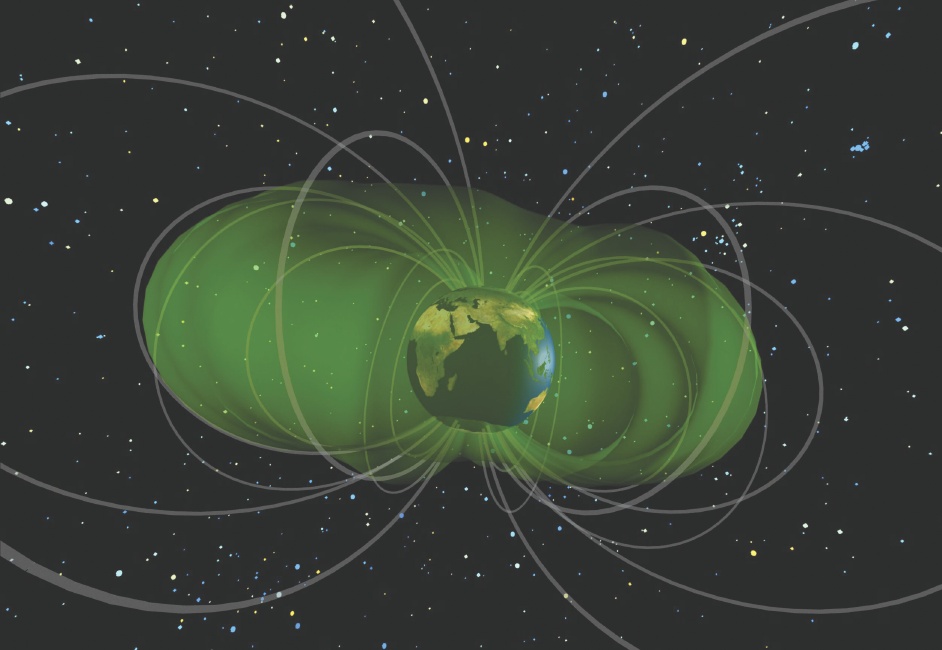How does plasma help to protect Earth?

[fototag id=”Plasmasphere”]
Our planet’s magnetic field interacts with solar wind released from the Sun’s corona to form a protective magnetosphere – an area of charged particles that continually zip around Earth. Within this magnetosphere, above the ionosphere in the upper atmosphere, is the plasmasphere.
While electrically charged gas, known as plasma, is found throughout the magnetosphere (and indeed the entire universe), the coldest and densest plasma around Earth is located in the plasmasphere. It is formed by the outflow of plasma from the ionosphere being held in a somewhat stable position by our world’s magnetic field lines, creating a balance of pressure. The plasma co-rotates with the Earth, but it’s also lost into space where its density decreases.
Essentially this means that the plasmasphere is constantly shifting and being replenished. The area of plasma shrinks and grows during periods of increased and decreased solar activity, respectively. While the plasmasphere itself doesn’t do much to protect Earth from the Sun, the leaking of plasma into the magnetosphere does contribute to our planet’s protective outer shell. This shields us from cosmic rays and UV radiation among other things.





